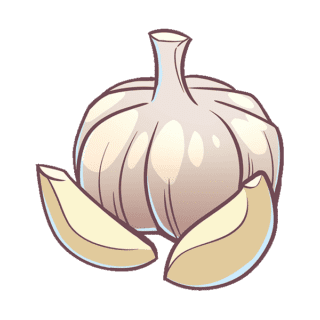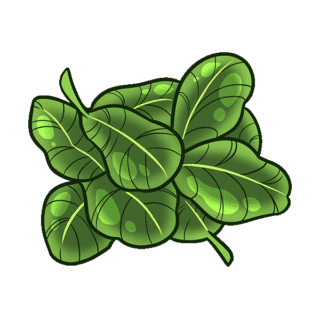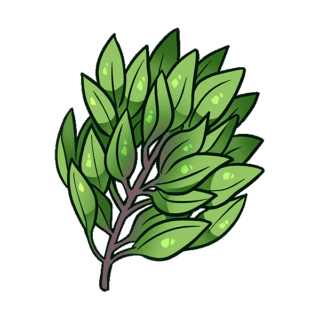Garlic
Garlic… What is there to say about garlic? There’s a reason it’s so popular in so many cuisines around the world. It makes food, simply put, absolutely delicious.
It’s everywhere in dishes from the Iberian Peninsula to the Korean peninsula, Iran to Italy to China. Humans have been eating garlic for thousands and thousands of years.
Botanically, garlic is the bulb of a plant related to onions, chives, scallions, and leeks. You’ve most likely cooked with garlic loads of times, so it’s probably not necessary to mention this, but it can be pressed, chopped thin, diced into small bits, cooked whole (or even roasted in the whole head itself), or powdered.
When raw, garlic has a peppery tang — one we’d usually not describe as particularly pleasant — similar to much of its onion family cousins. Cooked, of course, garlic gets that rounder caramelization that makes it aromatic and slightly sweet. The extreme of this is black garlic, which isn’t actually a different kind of garlic, but rather an East Asian — especially Korean — method of cooking garlic at an extremely low temperature for weeks or even months. This low n’ slow technique caramelizes the garlic so intensely without burning it, making the flavor uniquely sweet, sticky, and caramelly.
When cooking with garlic, it’s important to remember that it burns easier than its onion relatives which it’s often paired with. Because of this, you’ll want to add your garlic to a pan after the onions, to time cooking so the garlic gets mellow and lighter instead of potentially burning it slightly and getting a bitter coating.
Along with being so tasty, garlic is also quite nutritious, high in a handful of vitamins and minerals, offering slight cardiovascular benefits, and being dense in antioxidants.
Uwajimaya carries garlic year-round in our produce section alongside other fresh fruits, vegetables, and herbs.





